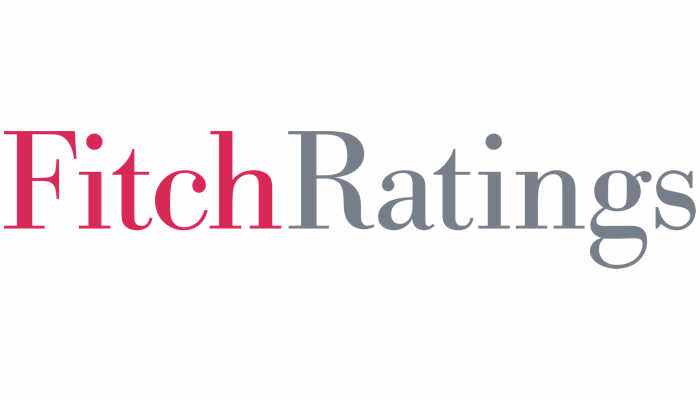In a recent report, Fitch Ratings anticipates a significant surge in capital availability within the global reinsurance industry, a trend that is expected to culminate in a softening of rates by the year 2025.
 According to Fitch, traditional reinsurance capital is poised to see an uptick in availability throughout 2023 and 2024, driven by higher retained earnings becoming available for deployment and increased capital repatriation to shareholders.
According to Fitch, traditional reinsurance capital is poised to see an uptick in availability throughout 2023 and 2024, driven by higher retained earnings becoming available for deployment and increased capital repatriation to shareholders.
Traditional capital globally swelled by an impressive $23 billion in the first quarter of 2023, reaching a substantial $505 billion. This remarkable growth can be attributed to strong earnings and the recapture of previously unrealised losses on bond portfolios.
But, it’s not just traditional capital that is experiencing this surge. The alternative capital sector is also set to witness substantial inflows as institutional investors allocate more of their funds to the reinsurance industry, lured by the prospect of better expected returns.
The alternative capital sector, which includes instruments such as catastrophe bonds, reached a staggering $100 billion by the close of the first quarter of 2023.
Catastrophe bonds, in particular, gained ground, increasing their market share due to their transparency and flexibility for investors. At the end of 2022, catastrophe bonds already represented 35% of the total alternative capital, up from 32% in the previous year.
Despite the promising outlook for the industry, Fitch anticipates that this wave of capital influx will eventually lead to a softening of the market starting in 2025.
One of the key factors contributing to this anticipated market softening is the expectation that reinsurers will maintain underwriting discipline in 2024. This adherence to disciplined practices is expected to yield peak underwriting profits and returns on capital that surpass the cost of capital.
Over the last five years, the sector experienced turbulent and volatile underwriting performance, primarily due to inadequately priced risks, substantial investment losses stemming from rising interest rates, and the challenges posed by a high-inflation environment.
Consequently, reinsurance companies responded by pushing up premium rates, reducing capacity for the most volatile risk exposures, and tightening terms and conditions.
Fitch believes that this process is not yet complete, suggesting that additional price increases will be required in 2024, especially in property lines.
In contrast, casualty lines are expected to remain relatively stable, primarily because of the ample availability of reinsurance capital in this segment.
Despite primary insurers’ concerted efforts to recalibrate prices in response to five years of grappling with elevated levels of social inflation, Fitch remains cautiously optimistic about casualty lines.
Signs of softening have started to emerge, and spillover effects from the persistent high inflation cannot be dismissed entirely.
Price momentum in the insurance and reinsurance industry remained robust during various renewal dates in 2023, especially in property lines and some specialty areas. Prices for property and motor lines saw an uptick in response to rising construction, repair, and spare part costs.
Additionally, aerospace and marine lines faced pressures due to the ongoing war in Ukraine and high-profile hull losses. In contrast, pricing activity in casualty lines was more subdued, as margins were deemed adequate, and social inflation remained relatively modest.


